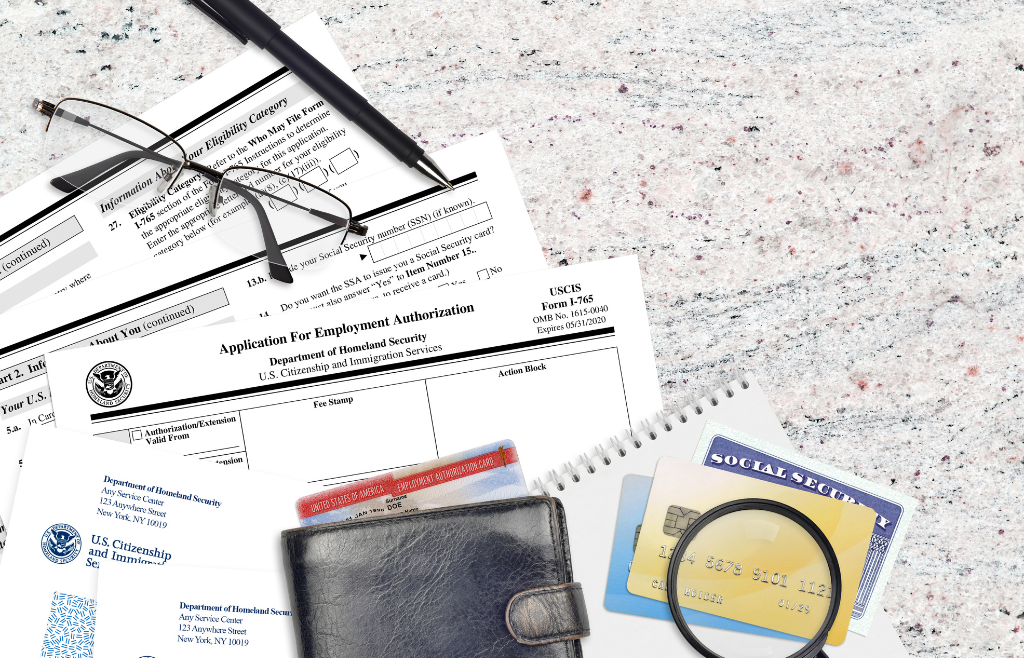ZafiroLaw has significant experience helping clients file for and obtain immigrant and non-immigrant visas. The former pertains to people who want to permanently stay and live in the United States. Non-immigrant visas are connected to those who plan on temporarily working in this country, seeking medical treatment before returning to their country of origin, or might be here for school. An immigrant visa is typically the first step toward receiving a green card, officially referred to as a legal permanent resident card. Anyone with a nonimmigrant status connected to E, H-1, and L categories can also pursue permanent residency.
Now that you understand the broad intent of immigrant and non-immigrant visas, we want to highlight that ZafiroLaw frequently has cases connected to I-131 and I-765 applications.
- I-131 is used for the following:
- Re-entry
- Refugee travel
- Temporary Protected Status
- I-765 is used for the following:
- Application for employment authorization
The Changes Surrounding These Forms
The fee structure the USCIS uses was implemented in 2016, but they are set to increase significantly. Why is this happening? Filing fees are what keep the USCIS operating. Although you may have assumed (as many people would) that the USCIS is funded through tax dollars and congressional appropriations, 96% of its funding is sourced from filing fees. The USCIS’s revenue dropped by 40% during the pandemic because of a reduction in applications.
Don’t overlook that this fee will also be absorbed by U.S. employers who want to hire highly-skilled foreign nationals. They will likely face a 70% increase in the beneficiaries’ applications and a 201% increase for their employees. Educational institutions will face similar challenges.
You may have heard from your immigration attorney or friends that have gone through the process of obtaining a visa, that the USCIS has an extensive backlog. This results from lost revenue, high employee attrition, and a hiring freeze. It must be noted that there will likely be opportunities for low-income families to receive fee waivers. Additionally, there used to be separate biometric fees associated with getting a green card. This is the collection of unique data such as taking your fingerprints, signature, and picture. These fees will be rolled into the filing costs. Because we work closely with I-131 and I-765 applications, here is how much they are expected to increase:
- Filing I-485 (Adjust Status), I-131, & I-765 (filed on paper) with biometrics services costs $1,225.
- It is expected to increase to $2,820.
- That is an increase of $1,595 or 130%.
What Happens Now?
The USCIS hosted a public engagement session on January 11th, 2023, and they will take comments from the public (including employers) until March 6, 2023. After that time, it will likely take several months before the new fees are implemented. There is also the potential that litigation may surface because of it. If you have questions about the forms we have discussed or are eager to file them before the new fees are implemented, contact ZafiroLaw to schedule your consultation.


